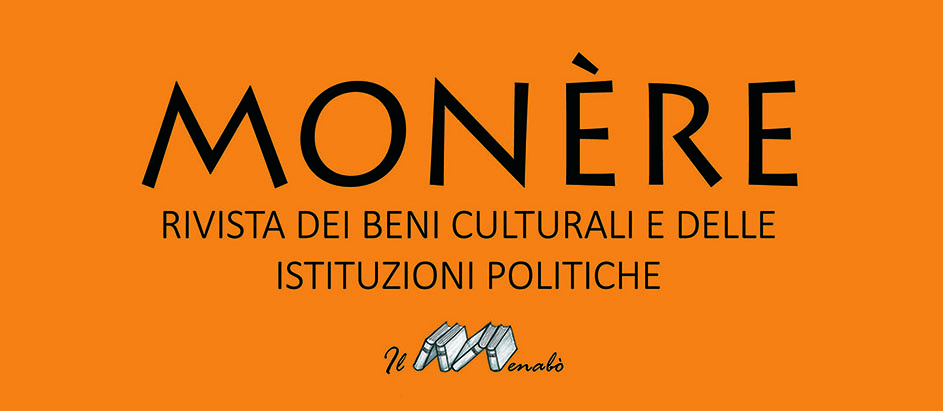A broad and strategic vision of the conservation of cultural heritage implies, on the one hand, the systematisation of assets and, on the other hand, greater integration with the territorial context in which they are located. Both aspects focus on the need to consider cultural heritage as attractive nodes of a network that is based on a system of interrelations not only physical (connections between places) but also immaterial (historical-cultural connections). In this logic, fruition is to be interpreted not only as the “enjoyment" of a good, but rather as the main purpose of the conservation process itself.
This implies, from a design point of view, a constant comparison with the characteristics of the heritage to be presented as well as with the needs and expectations of those who will use it. The present work, sharing this approach, highlights the centrality of a quality fruition project that should, therefore, meet the needs of the user's knowledge in respect of the conservative need for the heritage, activating economic and cultural processes that justify the consumption, although controlled, of the good and its context.
Caterina Frettoloso

